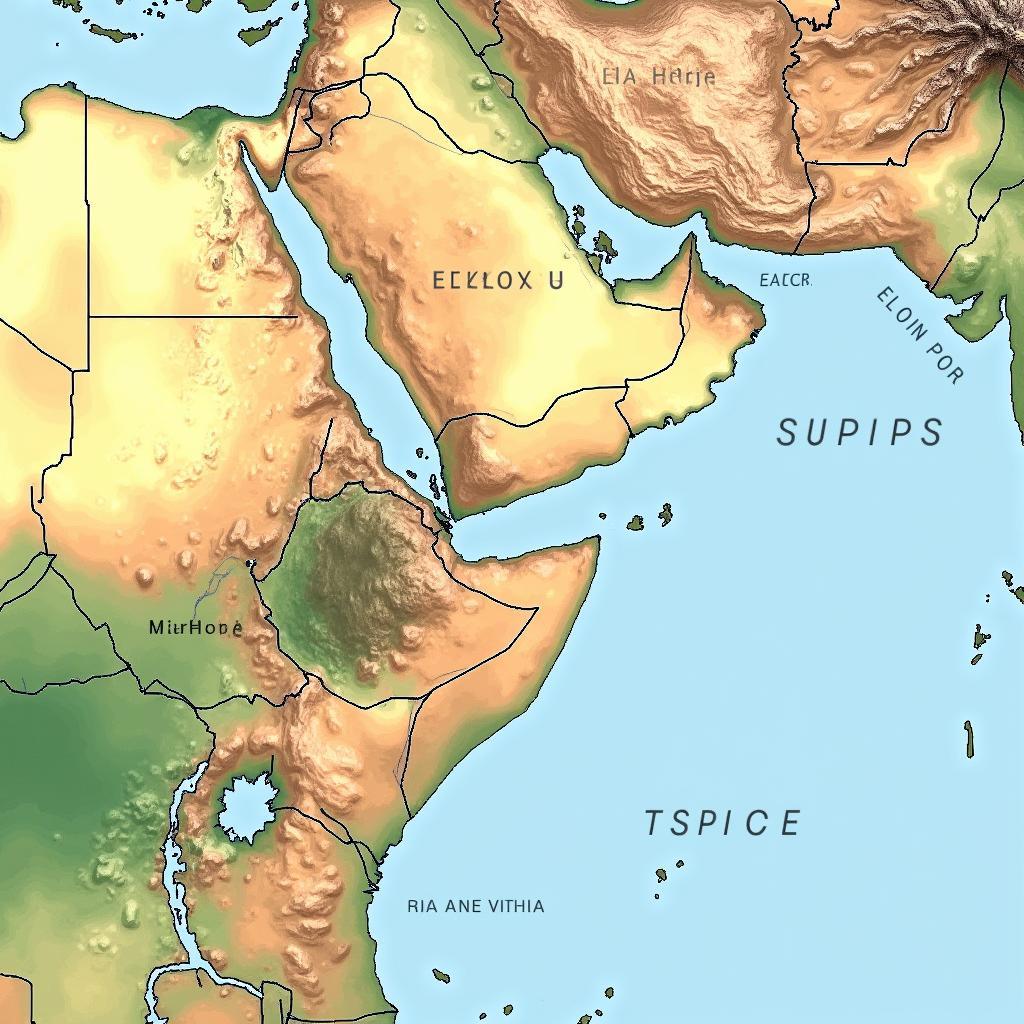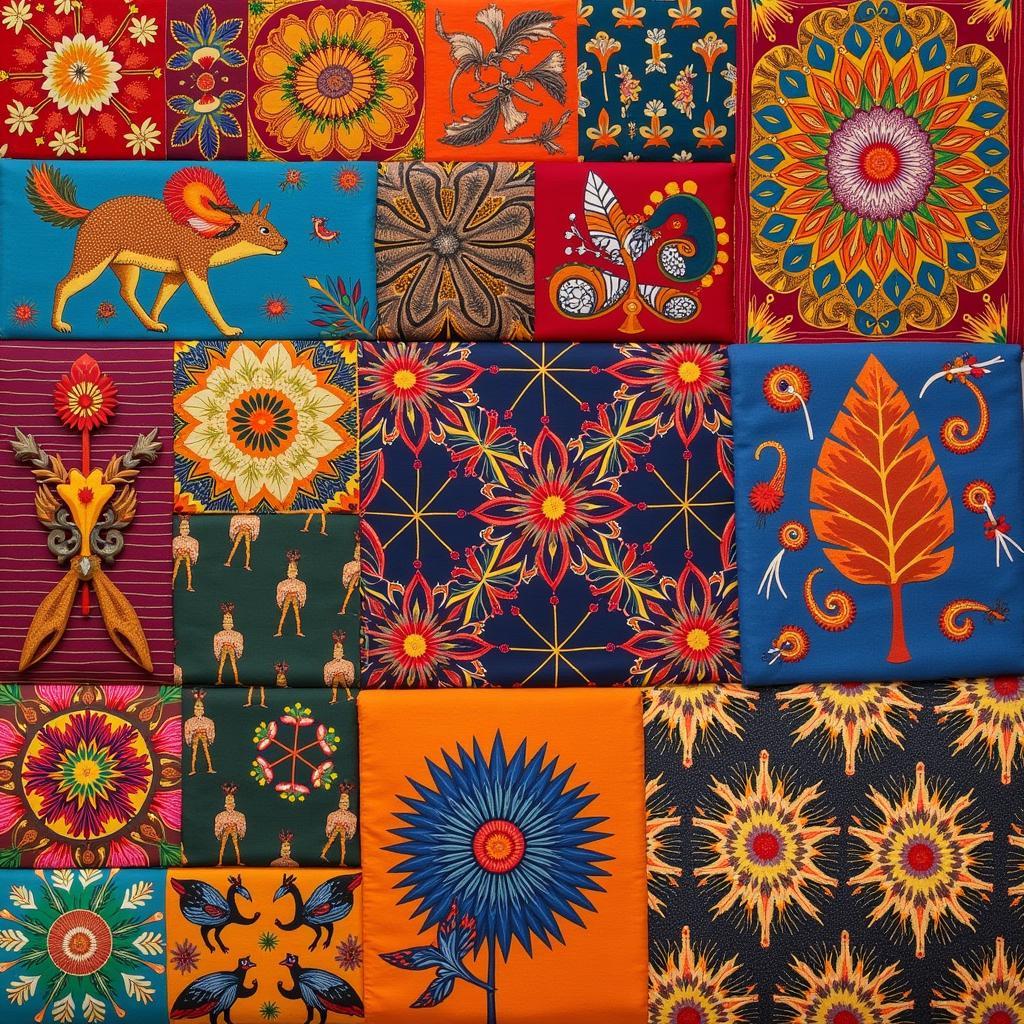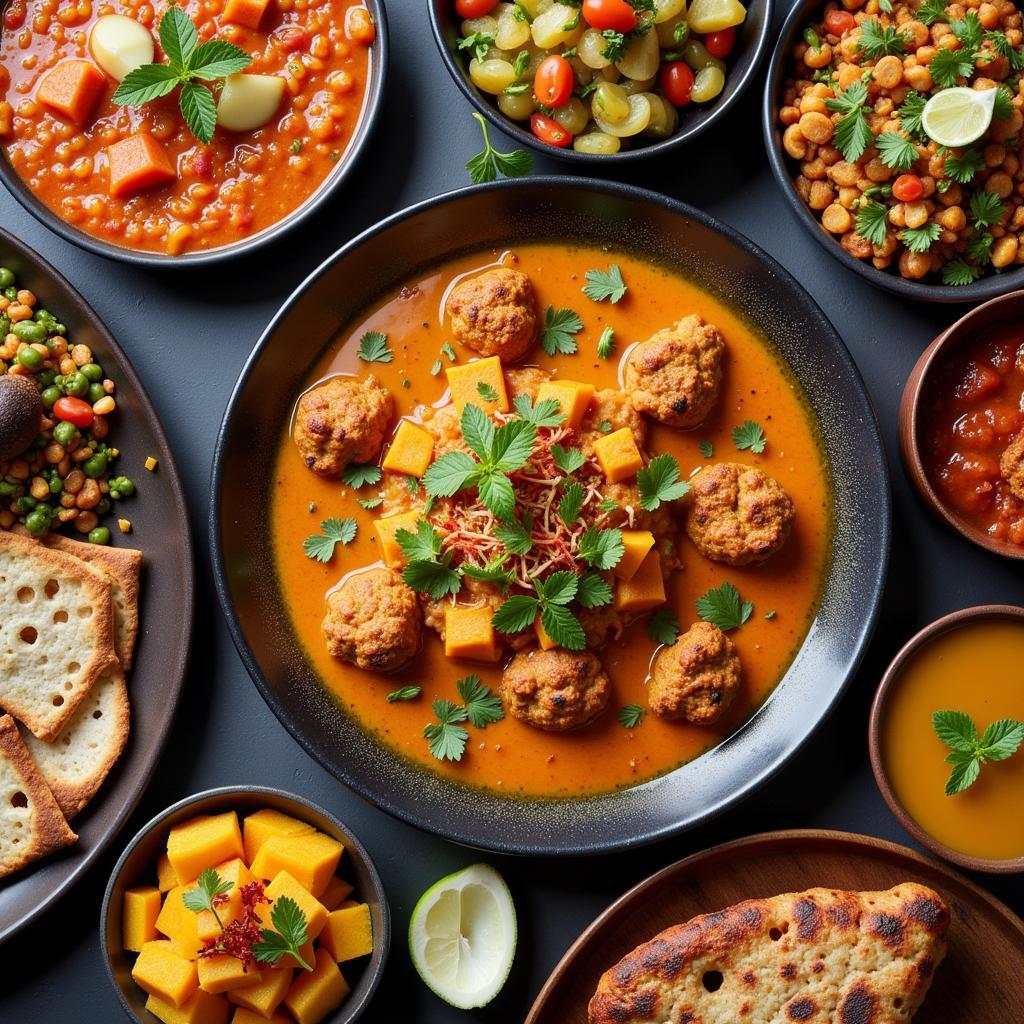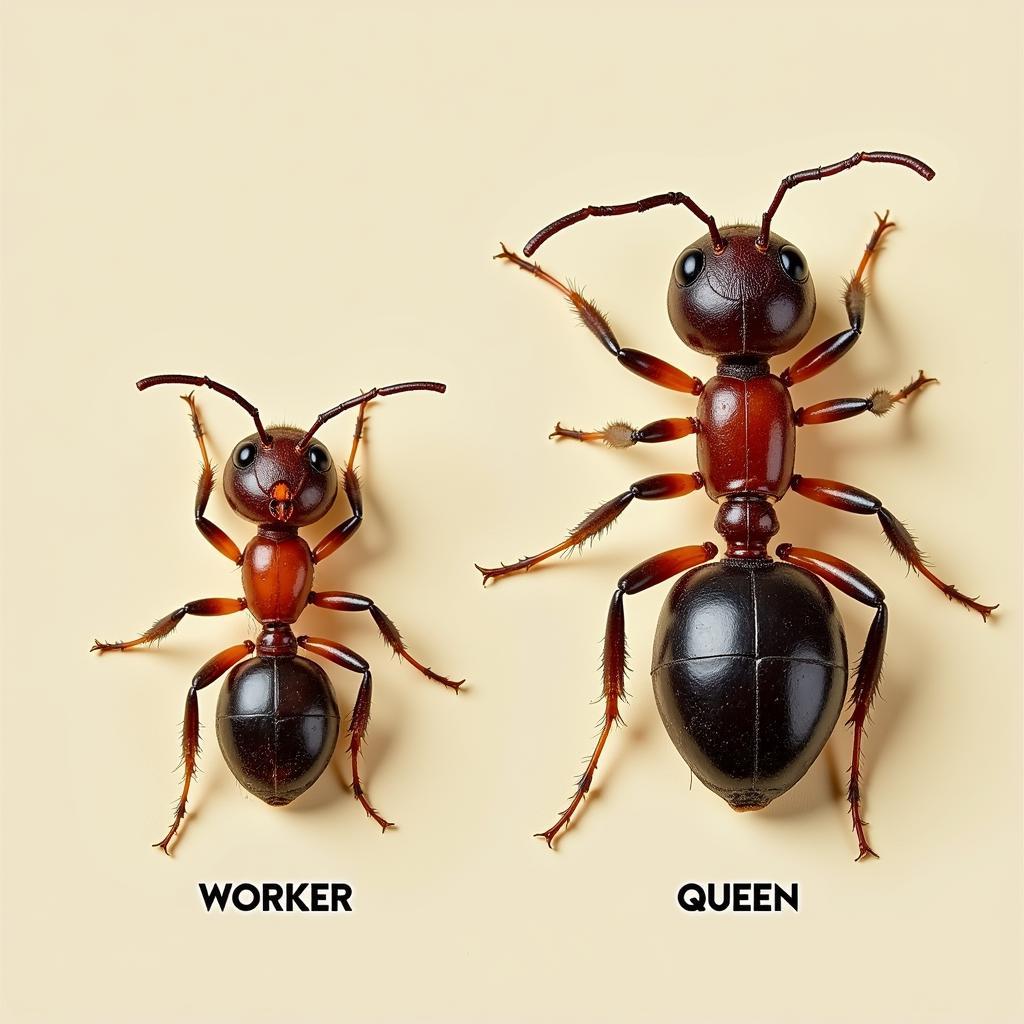Exploring the Interwoven Threads of African and Indian Culture
African And Indian Culture, seemingly disparate worlds, share a rich tapestry of interconnected histories, traditions, and artistic expressions. From ancient trade routes to contemporary diasporas, the interplay between these two vibrant cultural landscapes has left an indelible mark on both societies. This exploration delves into the fascinating points of convergence and divergence, revealing the surprising depth and breadth of African and Indian cultural exchange. We’ll examine the historical connections, artistic influences, shared culinary traditions, and the ongoing dialogue between these two dynamic regions.
Historical Connections: Bridging Continents
Trade played a pivotal role in shaping early interactions between Africa and India. The ancient spice route facilitated the exchange of goods, ideas, and cultural practices. Evidence suggests that trade flourished between East Africa and the Indian subcontinent for centuries, leading to the establishment of vibrant coastal communities and the fusion of cultural elements. This early globalization laid the groundwork for the interwoven histories we see today. For instance, the presence of Indian merchants in East Africa led to the adoption of Swahili, a language heavily influenced by Arabic and Indian languages. After this period of early globalization, colonialism further intertwined the fates of Africa and India, often under the same British administration. This shared experience shaped political and social structures in both regions, fostering further cultural exchange. Check out this insightful article on African and Indian marriage.
 Ancient Trade Routes Connecting Africa and India
Ancient Trade Routes Connecting Africa and India
The impact of colonialism also contributed to significant Indian diasporas across Africa. Indian communities settled in various parts of the continent, bringing with them their customs, cuisines, and religious practices. These communities became integral parts of African societies, contributing to the rich cultural mosaic. This cultural blending is particularly evident in countries like South Africa, Kenya, and Uganda, where Indian influences are woven into the fabric of everyday life. These diasporic communities have played a vital role in shaping the cultural landscape of modern Africa.
Artistic Echoes: Shared Expressions
The artistic exchange between Africa and India is perhaps one of the most visible manifestations of their cultural connections. Indian textiles, particularly brightly colored fabrics and intricate embroidery, have influenced traditional African clothing styles. Similarly, African rhythms and musical traditions have found their way into Indian musical forms. The use of percussion instruments, call-and-response vocals, and rhythmic complexities are just a few examples of the musical dialogue between these two cultures. How did these cultural exchanges impact artistic development?
 Textile Influences Between Africa and India
Textile Influences Between Africa and India
From intricate wood carvings to vibrant paintings, the artistic traditions of Africa and India reveal fascinating parallels. Shared motifs, such as geometric patterns and depictions of nature, suggest a deeper connection between the artistic sensibilities of these two regions. These shared artistic expressions provide valuable insights into the cultural values and beliefs of both societies. Learn more about how African Indian dressing has evolved over time.
Culinary Crossroads: A Fusion of Flavors
The culinary landscape of both Africa and India reflects their shared history. The use of spices, such as cumin, coriander, and turmeric, is a common thread that connects the cuisines of these two regions. Indian curries and flatbreads have become popular dishes in many parts of Africa, while African ingredients and cooking techniques have influenced Indian culinary traditions. This culinary fusion is a testament to the ongoing exchange of cultural practices. What are some popular dishes that highlight this culinary fusion?
 Fusion of Flavors in African and Indian Cuisine
Fusion of Flavors in African and Indian Cuisine
For example, in South Africa, the “bunny chow,” a hollowed-out loaf of bread filled with curry, is a beloved street food that reflects the fusion of Indian and African culinary traditions. This dish is a testament to the creativity and adaptability of both cultures, demonstrating how shared ingredients can be transformed into unique and flavorful culinary creations. Explore more about the African American Indian community and their cultural contributions.
Conclusion: A Continuing Dialogue
The relationship between African and Indian culture is a testament to the power of cultural exchange. From ancient trade routes to contemporary diasporas, the interwoven threads of these two vibrant cultures continue to shape our world. By exploring these connections, we gain a deeper understanding of the rich tapestry of human experience and the ongoing dialogue between different cultures. As we continue to learn from each other, we can build bridges of understanding and appreciation for the diverse cultural expressions that enrich our global community. Understanding the interconnectedness of African and Indian culture offers a valuable perspective on the complexities of globalization and cultural identity. It encourages us to appreciate the beauty of cultural diversity and the ongoing evolution of human societies. Looking forward, how will these cultural connections continue to evolve?
FAQ
- What is the historical significance of the spice route in connecting Africa and India?
- How did colonialism impact the cultural exchange between Africa and India?
- What are some examples of shared artistic expressions between African and Indian cultures?
- How have Indian culinary traditions influenced African cuisine, and vice versa?
- What are some key differences between African and Indian cultures?
- How have Indian diasporic communities contributed to the cultural landscape of Africa?
- What are some contemporary examples of cultural exchange between Africa and India?
Common Scenarios:
- Scenario 1: A student researching the historical connections between Africa and India for a school project.
- Scenario 2: A traveler planning a trip to explore the cultural heritage of both Africa and India.
- Scenario 3: A food enthusiast interested in learning more about the culinary fusion of African and Indian cuisine.
- Scenario 4: An individual researching their family history and exploring their African and Indian heritage.
Further Exploration:
You might also be interested in articles on the African American population in Indiana or the complex topic of when an African fucked a indian lady.
Contact Us:
For any assistance, please contact us at Phone Number: +255768904061, Email: kaka.mag@gmail.com Or visit us at: Mbarali DC Mawindi, Kangaga, Tanzania. We have a 24/7 customer support team.
